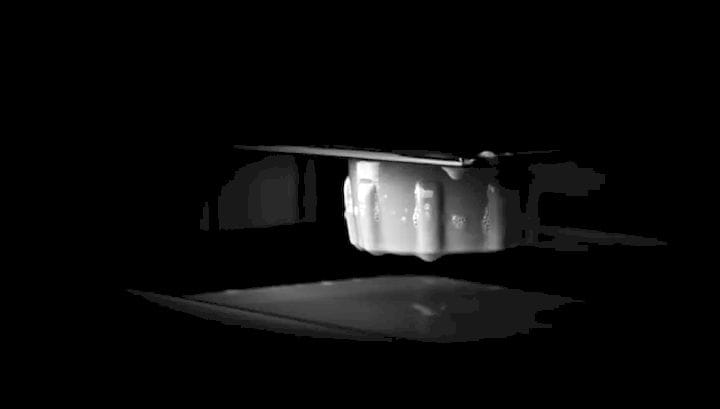
3D printing has come a long way from its origins in the 1980s, with a brief entry into the consumer space galvanizing its growth in the earlier part of the decade.
Now, it seems as though mass production with additive manufacturing (AM) technology is just around the corner, as a number of companies introduce methods for batch 3D printing.
To learn how the AM space will change in the next year, engineering.com got feedback from several experts in the space, including those from exciting new startups that will break onto the scene in 2019.
Mass Production
There is a strong sense in the industry that mass production is the next big thing in 3D printing and Christoph Schell, President 3D Printing & Digital Manufacturing at HP Inc., seemed to lend credence to the buzz.
“2019 will be the year that additive manufacturing moves from prototyping into full production in the automotive industry,” Schell said. “In the move to full production, 3D printing enables the automotive industry to innovate faster, leverage flexible manufacturing, reinvent supply chains, create new markets and produce new parts in new ways that were previously impossible.”
HP, of course, aims to play a prominent role in this evolution with its Multi Jet Fusion (MJF) and Metal Jet 3D printing technologies, both of which are designed for large batch production. The company has already seen BMW make use of MJF to create its one-millionth 3D-printed part, a guide rail for the BMW i8 roadster. BMW was able to 3D print up to 100 of these parts in just 24 hours.
In addition to potential improvements to time-to-market and cost reduction, mass production with 3D printing carries with it developments in the manufacturing supply chain. “In 2019, we’ll see an increase in real-time supply chain traceability thanks to the integration of machine learning and 3D printing,” said Paul Benning, HP Senior Fellow and Chief Technologist of 3D Printing at HP Inc. “Continued advancements in artificial intelligence deliver the capability for a team of engineers and designers to monitor a finished 3D-printed part in the field in order to determine how it performs over its lifespan. The ability to uniquely peg each part with a unique serial number will improve the design configurations of these parts.”
New Materials
While HP may be among the most well-known in the 3D printing space shooting for mass production, there are new startups like Evolve Additive and Origin that are using their own proprietary technologies for 3D printing large runs of plastic parts. Their technologies are covered in greater depth in our respective interviews with the companies, but it’s worth noting how important materials are to Origin’s unique 3D printing process.

The startup’s technology does not rely on oxygen for 3D printing photopolymer materials, opening the process up to a wider variety of materials, such as polyolefins. Through an open material API, Origin believes that more material makers will be able to develop plastics that work with the firm’s process.
Chris Prucha, CEO and founder of Origin, gave his prediction for the coming year, saying, “2019 will bring about a massive transformation of the additive material space — specifically in regard to photopolymers, genuinely open systems, and even M&A in the material space. Not only will we see the costs of photopolymers fall to levels that are competitive with SLS and FDM thermoplastic, but the mechanical performance of the newest photopolymers will exceed the best Nylon SLS printed parts. We’ll also continue to see more and more R&D dollars being spent by large material and chemical companies into formulating new materials for open platforms, such as ours, that allow entirely new material chemistries to get to market and customers to control their own destiny.”
Prucha highlighted the fact that these changes in material development will push us closer to additive mass manufacturing, ultimately opening up more applications, such as the production of auto parts and consumer goods at scale.
Among the material companies Prucha may be referring to is BASF, the world’s largest chemical business, which has been making a number of moves in the space as of late. Along with partnering with Origin, BASF has made a large investment in 3D printing software developer and service provider Materialise.
In its own set of predictions for 2019, Materialise echoed Prucha’s observation about plastics. Giovanni Vleminckx, a materials expert in the company’s research and development team, explained in the Materialise report, “New materials for 3D printing were not being produced because they were not processable on commercially available machines. Now, large material suppliers are signaling their willingness and drive to push forward with 3D printing technology. That’s leading to a steady fast growth for 3D printing plastics.”
Read more at ENGINEERING.com











Prusa Research issued some news about their new Original Prusa MINI desktop 3D printer, and it leads to some interesting speculation.